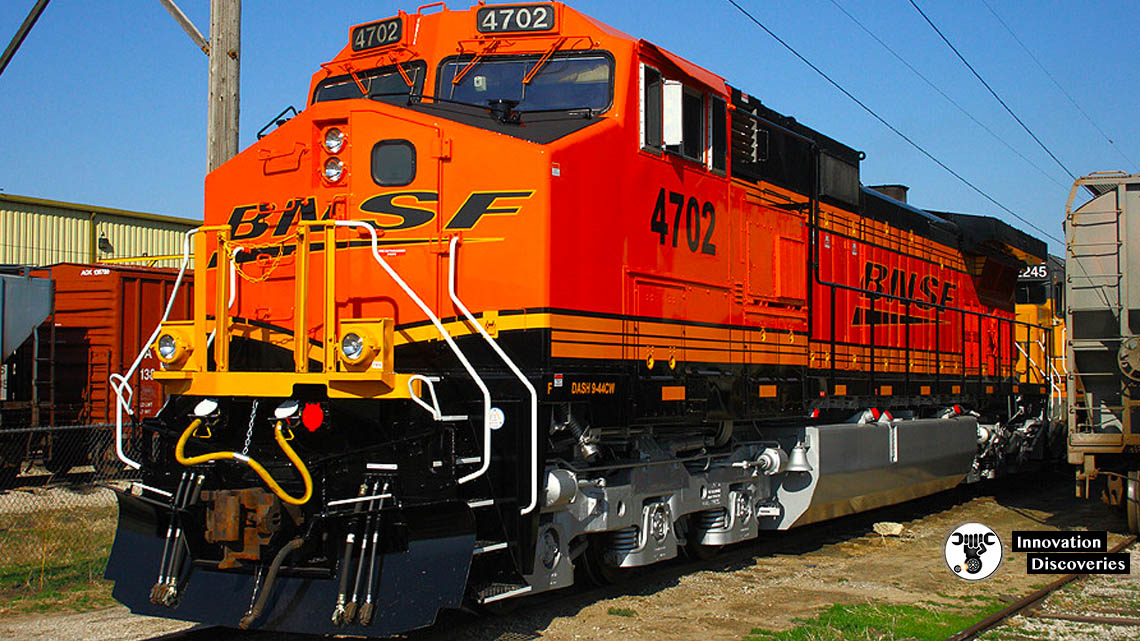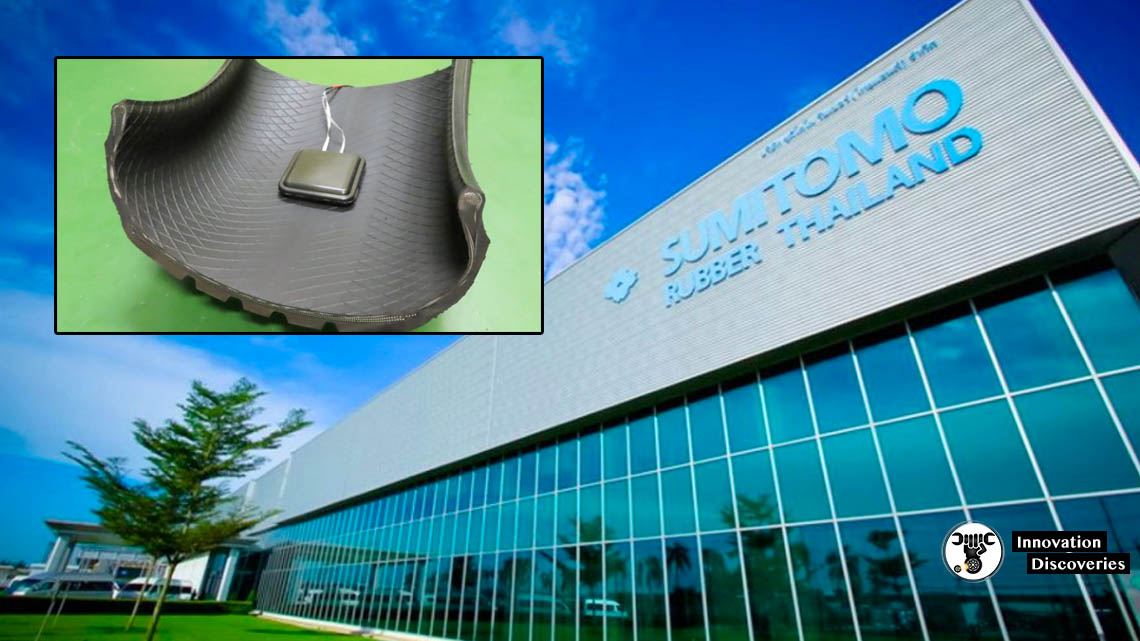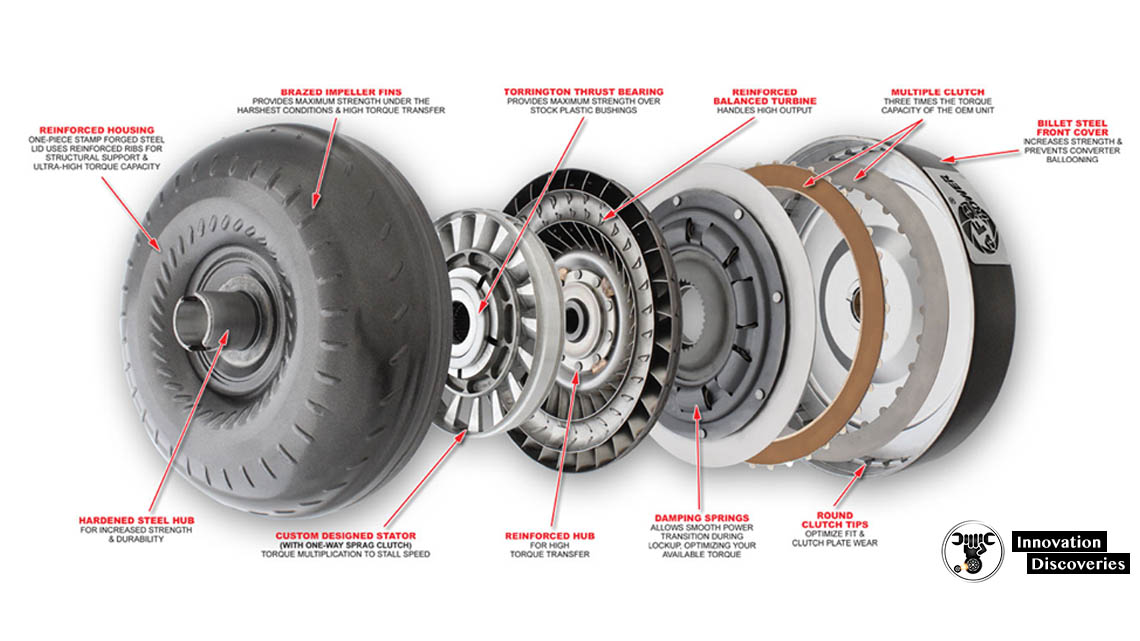
Like the electric locomotive, it has electric drive, in the form of traction motors driving the axles and controlled with electronic controls. It can operate over the same routes and can be operated by the same drivers. It differs principally in that it carries its own generating station around with it, instead of being connected to a remote generating station through overhead wires or a third rail. The generating station consists of a large diesel engine coupled to an alternator producing the necessary electricity.

Diesel-Electric Types
Although this last system might seem the most complex, the gains from using AC motors far outweigh the apparent complexity of the system. In reality, most of the equipment uses solid state power electronics with microprocessor-based controls. In the US, traction alternators were introduced with the 3000 hp single diesel engine locomotives, the first being the Alco C630. The SD40, SD45 and GP40 also had traction alternators only.
On the GP38, SD38, GP39, and SD39s, traction generators were standard, and traction alternators were optional, until the dash-2 era, when they became standard. The Alco C628 was the last locomotive to lead the horsepower race with a DC traction alternator. The diagram shows the main parts of a US-built diesel-electric locomotive and these are described in the following paragraphs. I have used the US example because of the large number of countries which use them.
There are obviously many variations in layout and European practice differs in many ways and we will note some of these in passing.

Diesel Engine
This is the main power source for the locomotive. It comprises a large cylinder block, with the cylinders arranged in a straight line or in a V. The engine rotates the drive shaft at up to 1,000 rpm and this drives the various items needed to power the locomotive. As the transmission is normally electric, the engine is used as the power source for the alternator that produces the electrical energy to drive the locomotive.
Main Alternator
It produced direct current which was used to provide power for DC traction motors. Many of these machines are still in regular use. The next development was the replacement of the generator by the alternator but still using DC traction motors. The AC output is rectified to give the DC required for the motors.
For more details on AC and DC traction, see the Electronic Power Page on this site.
Auxiliary Alternator
Locomotives used to operate passenger trains are equipped with an auxiliary alternator. The output is transmitted along the train through an auxiliary power line. In the US, it is known as head end power or «hotel power. In the UK, air conditioned passenger coaches get what is called electric train supply from the auxiliary alternator.
Motor Blower
As its name suggests, the motor blower provides air which is blown over the traction motors to keep them cool during periods of heavy work. The blower is mounted inside the locomotive body but the motors are on the trucks, so the blower output is connected to each of the motors through flexible ducting. Some designs have separate blowers for the group of motors on each truck and others for the alternators. Whatever the arrangement, a modern locomotive has a complex air management system which monitors the temperature of the various rotating machines in the locomotive and adjusts the flow of air accordingly.
Air Intakes
It has to be filtered to remove dust and other impurities and its flow regulated by temperature, both inside and outside the locomotive. The air management system has to take account of the wide range of temperatures from the possible +40°C of summer to the possible -40°C of winter.
Rectifiers/Inverters
The output from the main alternator is AC but it can be used in a locomotive with either DC or AC traction motors. DC motors were the traditional type used for many years but, in the last 10 years, AC motors have become standard for new locomotives. In the US, there are some variations in how the inverters are configured. EMD’s system links the axles within each truck in parallel, ensuring wheel slip control is maximised among the axles equally.
Parallel control also means even wheel wear even between axles. However, if one inverter fails then the unit is only able to produce 50 per cent of its tractive effort. One inverter per axle is more complicated, but the GE view is that individual axle control can provide the best tractive effort. If an inverter fails, the tractive effort for that axle is lost, but full tractive effort is still available through the other five inverters.
By controlling each axle individually, keeping wheel diameters closely matched for optimum performance is no longer necessary.
Electronic Controls
These are usually collected in a control cubicle near the cab for easy access. The controls will usually include a maintenance management system of some sort which can be used to download data to a portable or hand-held computer.
Control Stand
This is the principal man-machine interface, known as a control desk in the UK or control stand in the US.
Fuel Tank
The fuel tank is normally under the loco frame and will have a capacity of say 1,000 imperial gallons or 5,000 US gallons in a General Electric AC4400CW 4,400 hp locomotive.
Air Reservoirs
Air reservoirs containing compressed air at high pressure are required for the train braking and some other systems on the locomotive. These are often mounted next to the fuel tank under the floor of the locomotive.
Air Compressor
In the US, it is standard practice to drive the compressor off the diesel engine drive shaft. In the UK, the compressor is usually electrically driven and can therefore be mounted anywhere.
Drive Shaft
The main output from the diesel engine is transmitted by the drive shaft to the alternators at one end and the radiator fans and compressor at the other end.
Gear Box
Drive to the fan is therefore through a gearbox to change the direction of the drive upwards.
Turbo Charging
The amount of power obtained from a cylinder in a diesel engine depends on how much fuel can be burnt in it. The amount of fuel which can be burnt depends on the amount of air available in the cylinder. So, if you can get more air into the cylinder, more fuel will be burnt and you will get more power out of your ignition. Turbo charging is used to increase the amount of air pushed into each cylinder.
The turbocharger is driven by exhaust gas from the engine. The main advantage of the turbocharger is that it gives more power with no increase in fuel costs because it uses exhaust gas as drive power. It does need additional maintenance, however, so there are some type of lower power locomotives which are built without it.
Sand Box
Other parts are similar to the diesel-electric locomotive but there are some variations and often the wheels are coupled.
Mechanical Transmission

Fluid Coupling
As the engine turns the fan, the oil is driven by one disc towards the other. This turns under the force of the oil and thus turns the drive shaft. Of course, the start up is gradual until the fan speed is almost matched by the blades. The whole system acts like an automatic clutch to allow a graduated start for the locomotive.
Gearbox
There is no need for a separate clutch because the functions of a clutch are already provided in the fluid coupling.
Final Drive
The wheels are coupled to each other to provide more adhesion. This is connected to the driving wheels by connecting rods.
Hydraulic Transmission
Higher speed locomotives use two or three torque converters in a sequence similar to gear changing in a mechanical transmission and some have used a combination of torque converters and gears. Some designs of diesel-hydraulic locomotives had two diesel engines and two transmission systems, one for each bogie. The design was poplar in Germany in the 1950s and was imported into parts of the UK in the 1960s. However, it did not work well in heavy or express locomotive designs and has largely been replaced by diesel-electric transmission.
Wheel Slip
Wheels slip is the bane of the driver trying to get a train away smoothly. Traditionally, the only cure has been a combination of the skill of the driver and the selective use of sand to improve the adhesion. Today, modern electronic control has produced a very effective answer to this age old problem. The system is called creep control.
Extensive research into wheel slip showed that, even after a wheelset starts to slip, there is still a considerable amount of useable adhesion available for traction. If there is a disparity between the two, the motor current is adjusted to keep the slip within the creep range and keep the tractive effort at the maximum level possible under the creep conditions.
Diesel Multiple Units
DMU engines are smaller and several are used on a train, depending on the configuration. The diesel engine is often mounted under the car floor and on its side because of the restricted space available. Vibration being transmitted into the passenger saloon has always been a problem but some of the newer designs are very good in this respect. There are some diesel-electric DMUs around and these normally have a separate engine compartment containing the engine and the generator or alternator.
Diesel Engine Background
By 1913, when he died, his engine was in use on locomotives and he had set up a facility with Sulzer in Switzerland to manufacture them. His death was mysterious in that he simply disappeared from a ship taking him to London. The diesel engine is a compression-ignition engine, as opposed to the petrol engine, which is a spark-ignition engine. At this stage, the air gets compressed into an area 1/25th of its original volume.
This would be expressed as a compression ratio of 25 to 1. A compression ratio of 16 to 1 will give an air pressure of 500 lbs/in² and will increase the air temperature to over 800°F . The advantage of the diesel engine over the petrol engine is that it has a higher thermal capacity , the fuel is cheaper because it is less refined than petrol and it can do heavy work under extended periods of overload. It can however, in a high speed form, be sensitive to maintenance and noisy, which is why it is still not popular for passenger automobiles.
As the names suggest, they differ in the number of movements of the piston required to complete each cycle of operation. The exhaust from the combustion and the air for the new stroke is drawn in through openings in the cylinder wall as the piston reaches the bottom of the downstroke. As one might guess, there are twice as many revolutions for the two-stroke engine as for equivalent power in a four-stroke engine. In the UK, both types of diesel engine were used but the 4-stroke became the standard.
The UK Class 55 Deltic unusually had a two-stroke engine. In the US, the General Electric built locomotives have 4-stroke engines whereas General Motors always used 2-stroke engines until the introduction of their SD90MAC 6000 hp H series» engine, which is a 4-stroke design. The reason for using one type or the other is really a question of preference. However, it can be said that the 2-stroke design is simpler than the 4-stroke but the 4-stroke engine is more fuel efficient.
Size Does Count
The maximum rotational speed of the engine when producing full power will be about 1000 rpm and the engine will idle at about 400 rpm. These relatively low speeds mean that the engine design is heavy, as opposed to a high speed, lightweight engine. However, the UK HST engine has a speed of 1,500 rpm and this is regarded as high speed in the railway diesel engine category. The slow, heavy engine used in railway locomotives will give low maintenance requirements and an extended life.
There is a limit to the size of the engine which can be accommodated within the railway loading gauge, so the power of a single locomotive is limited. Where additional power is required, it has become usual to add locomotives.
To V or not to V
The double banked engine has two rows of cylinders in line. The crankshaft, providing the drive, is at the base of the V. The V12 was a popular design used in the UK. This restricts the design to in-line engines, which have to be mounted on their side to fit in the restricted space.
Tractive Effort, Pull and Power
The definition of tractive effort is simply the force exerted at the wheel rim of the locomotive and is usually expressed in pounds or kilo Newtons . Power is expressed as horsepower or kilo Watts and is actually a rate of doing work. A unit of horsepower is defined as the work involved by a horse lifting 33,000 lbs one foot in one minute. In the metric system it is calculated as the power needed when one Newton of force is moved one metre in one second.
The relationship between power and drawbar pull is that a low speed and a high drawbar pull can produce the same power as high speed and low drawbar pull. If you need to increase higher tractive effort and high speed, you need to increase the power. In a 2,580 hp diesel electric locomotive, some 450 hp is lost to on-board equipment like blowers, radiator fans, air compressors and hotel power for the train.
Starting
The starting can be done electrically or pneumatically. Pneumatic starting was used for some engines. The compressed air was supplied by a small auxiliary engine or by high pressure air cylinders carried by the locomotive. In older locomotives fitted with DC generators instead of AC alternators, the generator was used as a starter motor by applying battery power to it.
Governor
It operates on a diesel engine as shown in Figure 4.

Fuel Injection
The fuel pump is operated by a cam driven off the engine. The fuel is pumped into an injector, which gives the fine spray of fuel required in the cylinder for combustion.
Fuel Control
In an petrol engine, the power is controlled by the amount of fuel/air mixture applied to the cylinder. The mixture is mixed outside the cylinder and then applied by a throttle valve. In a diesel engine the amount of air applied to the cylinder is constant so power is regulated by varying the fuel input. The amount of fuel being applied to the cylinders is varied by altering the effective delivery rate of the piston in the injector pumps.
Each injector has its own pump, operated by an engine-driven cam, and the pumps are aligned in a row so that they can all be adjusted together. The adjustment is done by a toothed rack acting on a toothed section of the pump mechanism. As the fuel rack moves, so the toothed section of the pump rotates and provides a drive to move the pump piston round inside the pump. Moving the piston round, alters the size of the channel available inside the pump for fuel to pass through to the injector delivery pipe.
The fuel rack can be moved either by the driver operating the power controller in the cab or by the governor. If the driver asks for more power, the control rod moves the fuel rack to set the pump pistons to allow more fuel to the injectors. The limits are fixed by springs limiting the weight movement.
Engine Control Development
So far we have seen a simple example of diesel engine control but the systems used by most locomotives in service today are more sophisticated. In modern systems, the governor is electronic and is part of a complete engine management system.
Power Control
We can see from this therefore, that the power required from the diesel engine is related to the power required by the motors. So, if we want more power from the motors, we must get more current from the alternator so the engine needs to run faster to generate it. Therefore, to get the optimum performance from the locomotive, we must link the control of the diesel engine to the power demands being made on the alternator. In the days of generators, a complex electro-mechanical system was developed to achieve the feedback required to regulate engine speed according to generator demand.
The core of the system was a load regulator, basically a variable resistor which was used to very the excitation of the generator so that its output matched engine speed.
Driver moves the power controller to the full power position
An air operated piston actuated by the controller moves a lever, which closes a switch to supply a low voltage to the load regulator motor. The load regulator motor moves the variable resistor to increase the main generator field strength and therefore its output. The load on the engine increases so its speed falls and the governor detects the reduced speed. The governor weights drop and cause the fuel rack servo system to actuate.
The fuel rack moves to increase the fuel supplied to the injectors and therefore the power from the engine. The lever is used to reduce the pressure of the governor spring. When the engine has responded to the new control and governor settings, it and the generator will be producing more power. On locomotives with an alternator, the load regulation is done electronically.
Next Page






2 Comments